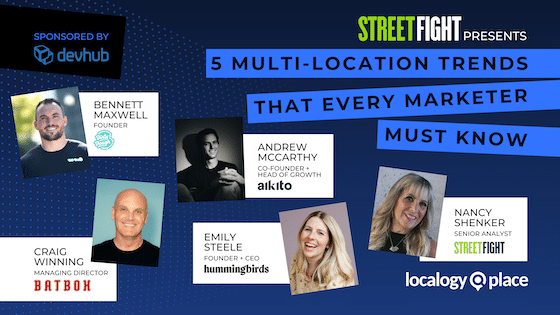As we examined on Wednesday, Adobe Max kicked off this week. Highlights include product updates and announcements around the Creative Cloud. Adobe’s platform has both benefited from and fueled a prominent trend in the media & tech worlds: the creator economy.
Taking lessons from how Adobe got here, it has been on a steady pursuit over the past decade to build out the Creative Cloud. Starting with flagship software like Photoshop, it’s now a comprehensive suite for media and marketing production, including tools like Premiere, Illustrator, and Lightroom.
Assembling all these interconnected parts involved both building and buying. And the most recent news on the latter front was the $20 billion (half stock, half cash) acquisition of Figma last month. Figma, for those unfamiliar, is a web-based cloud collaboration tool for product development.
So what were the rationale and outcome so far for the acquisition? And what value does it add to Adobe’s growing empire? Many of these concepts were covered in the acquisition’s aftermath, but new insights and validation have come to light during this week’s Max Conference.
Design Thinking
Going deeper into Figma, it’s all about design work and prototyping for teams. It had 4 million users at the time of its acquisition and has become a go-to tool for sharing ideas, product designs, and assets at all development stages. Work can be shared with colleagues with just a link.
At the time of acquisition, Figma’s total addressable market was estimated to reach $16.5 billion by 2025. It was on pace to add $200 million in net new ARR this year, bringing its total ARR to $400 million+. It also enjoyed 90 percent gross margins and 150 percent net dollar retention.
With that momentum, the company continues to operate independently while it’s also gradually integrated with Adobe’s products. For the latter, the idea is to add an organizational and collaborative layer to the Creative Cloud. This is well aligned with the rise of design thinking.
Put another way, design continues to take over greater portions of the product lifecycle. As a result, design talent is finding itself part of the development process earlier than ever before. That talent has in turn become an extension of the addressable market for product development software.
At the same time, Adobe has been expanding its design and creation software to digital functions that go beyond the traditional focus on artists, photographers, and publishers. It’s now more broadly defined as empowering all digital creation – most notably, brand marketing.
Synthesizing all the above, the convergence of design and product development is personified in the marriage of Figma and Adobe. The former’s collaborative functions add dimension to the latter’s extensive design suite. And of course, Covid accelerated all the above.
Contrarian Thinking
Beyond synergies with Adobe, there are good business lessons in Figma’s growth story. Indeed, the $20 billion acquisition is the largest private-company tech acquisition to date. And Figma got to that point with a fair amount of ingenuity and contrarian thinking.
Figma co-founder Dylan Field explains from the Adobe Max stage that web-based software that’s accessed through the browser was panned when Figma first launched. But it’s since become a viable strategy for more accessible and streamlined collaboration tools (think: Google Docs).
This is a lesson in triangulating tech trends to skate to where the puck is going. It’s sort of like Netflix: Reed Hastings knew bandwidth capacity would support a streaming business in X years. So he ditched DVDs – not a popular move at the time – to maintain focus on that bigger prize.
For more, see the full conference keynote below. And stay tuned as we continue to track the progress of Figma’s integration into the Creative Cloud. We’ll be watching that as well as Adobe’s continued moves to buttress and expand its position as the ultimate creator-economy platform.




